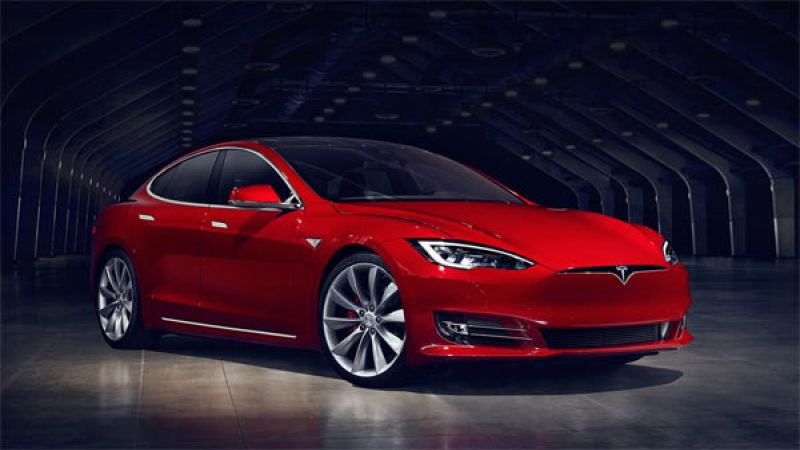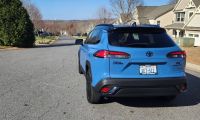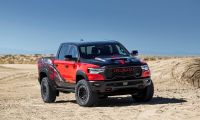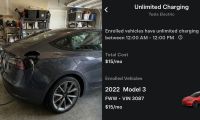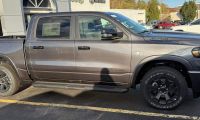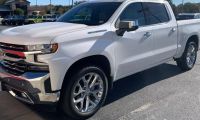Tesla have had a few legal challenges over the years with the likes of suing some US states, which is almost expected from a vehicle company which is arguably at the forefront of the EV vehicle revolution.
This time the branding of their power modes, 'Insane' and 'Ludicrous' has got them into hot water and now they have to stump up the cash.
Legal aids which represent both the company and the owners told an Oslo District Court in a joint letter that they wished to withdraw, with a settlement being reached. Dagens Naeringsliv (DN), a Norwegian business daily said that it has possibly agreed to pay $7,700 (65,000 Norwegian Krone) to each car owner in the case or allow the customers to choose alternative options from the car company. The amount offered comes to roughly half the amount initially wanted.
A statement sent to Electrek by Tesla covers the issue:
'Testing done by Tesla and independent third parties has demonstrated that the Model S P85D's acceleration and motor power numbers have always been accurate, even understated. With respect to acceleration, Tesla described the P85D as having a 0-100 kph time of 3.3 seconds, and Motor Trend and others actually achieved a time of 3.1 seconds. Similarly, the motor power numbers used by Tesla were legally required and confirmed as accurate by European regulatory authorities. Based on this information, the Consumer Council previously resolved these issues in Tesla's favor. Tesla will be reviewing the decision by the Consumer Disputes Commission to better understand the conclusion that it reached.'
The real power of the Tesla Model S P85D
- The problematic areas here is with the ambiguous 'Insane' and 'Ludicrous' modes on the Tesla models, with the Insane mode meant to give the fastest acceleration.
- The problem is the horsepower ratings don't always convert over nicely from an electric engine.
- The cars twin electric power plants have 691 HP/515 kilowatts, but the car cannot always deliver this amount of power.
- The company alleged that this is a consistent figure allowed to be advertised throughout Europe, but in a September 2015 blog post, they stated that the P85D won't receive all that power all the time.
- The power rating comes from combining the total power from both the front and rear motors which are respectively 224 HP and 467 HP.
“As we have pushed the combined motor horsepower higher and higher, the amount of times where the battery chemical horsepower is lower than the combined motor horsepower has increased,” Tesla said. “With the P85D the combined motor shaft power can often exceed the battery electrical horsepower available.”
Tesla are ever trying to push the performance stats. and range of their vehicles, but the CEO of the company has spoken out that battery technology needs to catch up as incremental improvements are otherwise going to decrease on the vehicles.
Apart from this case, Tesla have a good working relationship with Norway and its government, especially after the plans to phase out internal combustion engines by the year 2025.
Watch this space...
Source: Reuters


